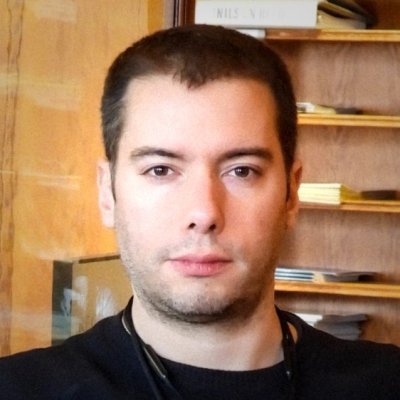Dimitrios Kouzis-Loukas is a forward-thinking innovator at Neurobeat Inc., where he plays a pivotal role in the development of state-of-the-art Real-Time Brain-Computer Interfaces (BCI). His work is not only at the intersection of neuroscience and technology but also aims to empower both the scientific community...
Dimitrios Kouzis-Loukas is a forward-thinking innovator at Neurobeat Inc., where he plays a pivotal role in the development of state-of-the-art Real-Time Brain-Computer Interfaces (BCI). His work is not only at the intersection of neuroscience and technology but also aims to empower both the scientific community and makers to explore the vast potential of brain-computer interaction. With a keen interest in ventures that exhibit exceptionally high growth potential, Dimitrios leverages cutting-edge cloud and blockchain technologies to disrupt traditional sectors, extending beyond the realms of banking and finance.
At Neurobeat Inc., Dimitrios is actively involved in key projects that push the boundaries of how we understand and interact with brain signals. His expertise in marketing strategy, competitive analysis, and data modeling allows him to effectively position Neurobeat’s innovative solutions within the rapidly evolving tech landscape. By utilizing programming languages such as PHP and Perl, along with database management skills in MySQL, he ensures that the BCI systems are not only robust but also scalable to meet the demands of diverse applications.
Dimitrios’s proficiency in UML and LaTeX further enhances his ability to communicate complex ideas clearly and effectively, both to technical teams and non-technical stakeholders. His analytical mindset and experience in ARM architecture contribute to the design of efficient and reliable systems that can process brain data in real-time. As a thought leader in the BCI space, Dimitrios Kouzis-Loukas is committed to driving innovation that transforms how we connect with technology, making significant strides toward a future where human cognition and digital interfaces seamlessly converge.







